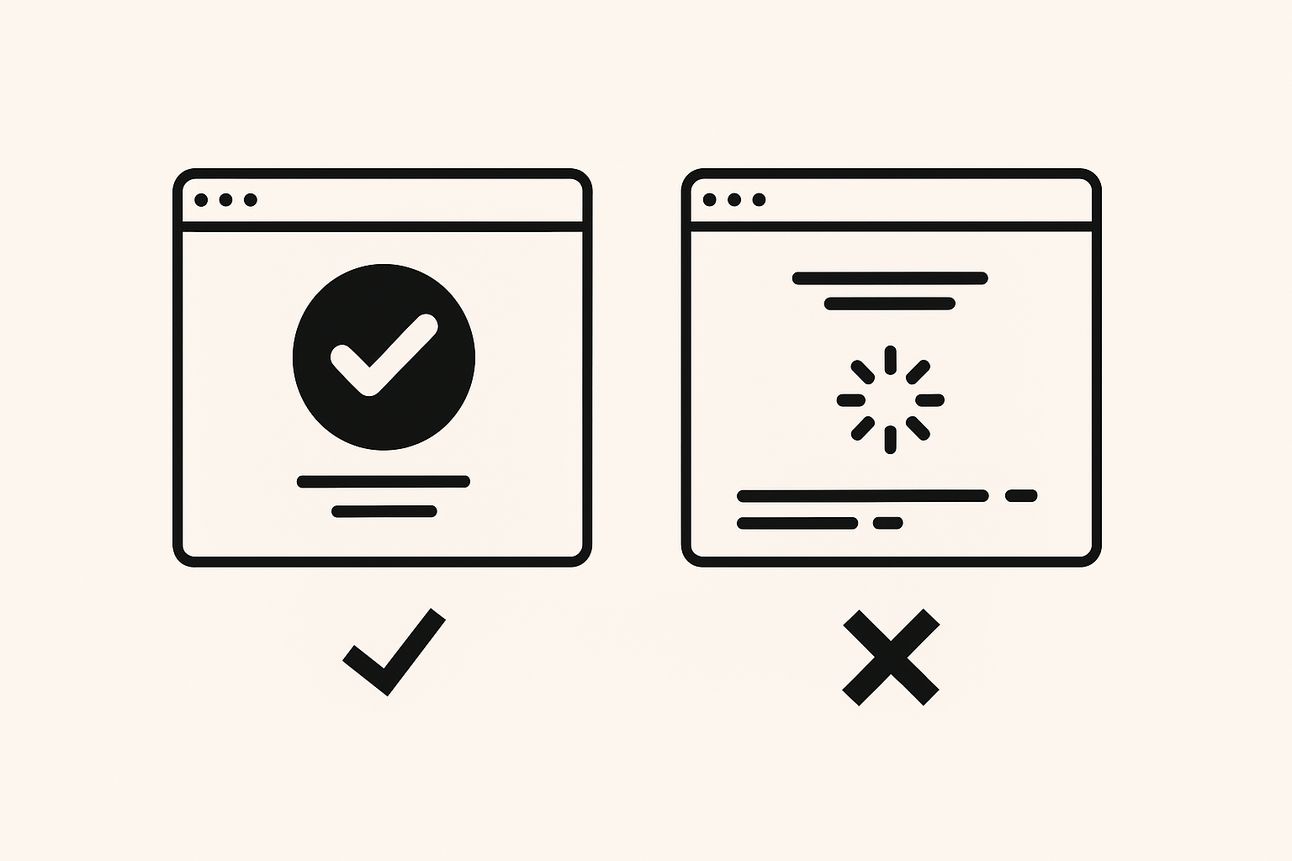Last night, I found myself lost in a Netflix binge watching "The Rookie" when something caught my attention. (Also do you know where I can watch Season 7?)
As netflix seamlessly transitioned between episodes, I noticed how instantly it responded to my every tap and swipe. That familiar sensation clicked — the perfect responsiveness reminded me of my design days when we obsessed over the Doherty Threshold.

You know that feeling when an app responds so quickly it feels like an extension of your thought? That's the Doherty Threshold in action — the 400-millisecond window where digital interactions feel immediate and keep us in a state of flow.
What struck me watching Netflix wasn't just the content. It was how this invisible design principle created a relationship with me as a user and the seamless experience that made me trust them with my evening.
This got me thinking about how we approach our own brand interactions. Many businesses obsess over logos and color palettes but miss the deeper connection that happens when our touchpoints respond at human speed.
The research backs this up. Studies show delays as small as 500ms can increase user frustration by 26% and decrease emotional engagement significantly. When people encounter slow interfaces, they don't just get annoyed — they actually trust the brand less.
Think about your last frustrating digital experience. Maybe a website that took too long to load, or a checkout process with laggy confirmation. These aren't just technical issues — they're relationship breakers.
Google discovered this the hard way. When they increased search results per page, load time increased by just half a second. The result? A 20% drop in traffic and revenue. People didn't consciously think "this is 500ms slower" — they just felt something was off and bounced.
So what can we do about it?
First, audit your customer touchpoints. Where are the delays happening? This includes digital interfaces but also response times to emails, support tickets, and social messages. Studies show 73% of consumers might switch brands if they don't receive quick responses on social media.

Second, prioritize speed in your development process. Companies like Superhuman build their entire brand identity around being "blazingly fast" — they aim for 100ms interaction latency, well below the Doherty Threshold.
Third, use visual feedback when delays are unavoidable. Swiggy does this brilliantly — when search results might take longer than 400ms, they provide entertaining loading states that acknowledge your action was received.
The brands winning today understand that speed isn't just a technical specification, it's a core element of trust.
What fascinates me most is how this principle extends beyond digital interfaces. The consistency of timing across all brand touchpoints creates what designers call a "movement language" — a recognizable rhythm that builds lasting relationships with customers.
I'd love to hear your thoughts on this. Have you noticed how response times affect your perception of brands? Reply to this email and let me know.
Until tomorrow,
— Shashank
P.S.
If you found this valuable, forward this email within 400ms to one person. And if you are the one who received it, you can subscribe here.
Marketing ideas for marketers who hate boring
The best marketing ideas come from marketers who live it. That’s what The Marketing Millennials delivers: real insights, fresh takes, and no fluff. Written by Daniel Murray, a marketer who knows what works, this newsletter cuts through the noise so you can stop guessing and start winning. Subscribe and level up your marketing game.

